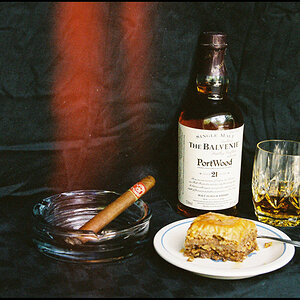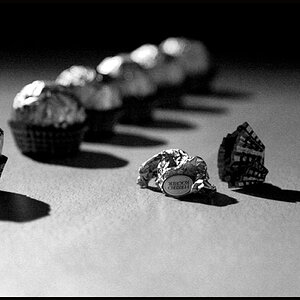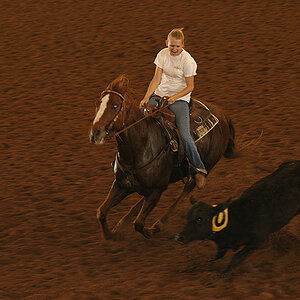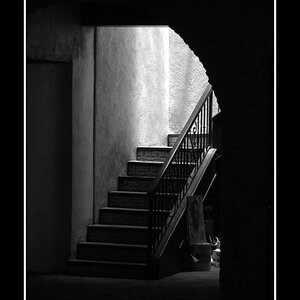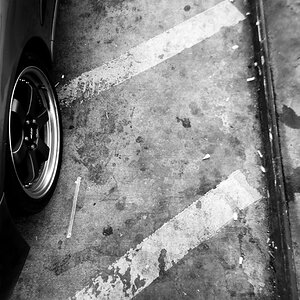bazpaul
TPF Noob!
- Joined
- Sep 7, 2009
- Messages
- 53
- Reaction score
- 0
- Location
- Australia
- Can others edit my Photos
- Photos OK to edit
Hey guys,
I have owned a DSLR for awhile but recently bought an old Minolta as i wanna learn the basics to better understand exposure and shutter speed....etc....i am a total noob and help would be greatly appreciated
I shot off a test roll of illford B&W 400 from the old girl to see how she coped....and i need some help interpreting the results. I got the roll developed and scanned in low res (average 500kb jpeg)
First off their is alot (i mean alot of) noise in these shots, and mainly in the daytime ones....can anyone tell me why?? is it the film?? is it the low res??
the focus is off in most of the shots but i think thats my fault.....but can the focus be damaged on the lens....and thus always be off????
also on the last photo of the roll (first image below)...there are lines coming from the bottom of the image....whats that??? something to do with the end of the roll??
should i get the camera serviced???
anyway some help or suggestions would be awesome!!! thanks guys





I have owned a DSLR for awhile but recently bought an old Minolta as i wanna learn the basics to better understand exposure and shutter speed....etc....i am a total noob and help would be greatly appreciated
I shot off a test roll of illford B&W 400 from the old girl to see how she coped....and i need some help interpreting the results. I got the roll developed and scanned in low res (average 500kb jpeg)
First off their is alot (i mean alot of) noise in these shots, and mainly in the daytime ones....can anyone tell me why?? is it the film?? is it the low res??
the focus is off in most of the shots but i think thats my fault.....but can the focus be damaged on the lens....and thus always be off????
also on the last photo of the roll (first image below)...there are lines coming from the bottom of the image....whats that??? something to do with the end of the roll??
should i get the camera serviced???
anyway some help or suggestions would be awesome!!! thanks guys







![[No title]](/data/xfmg/thumbnail/31/31751-fb2f68cca32f9eec468dbde7d649840f.jpg?1619734990)

